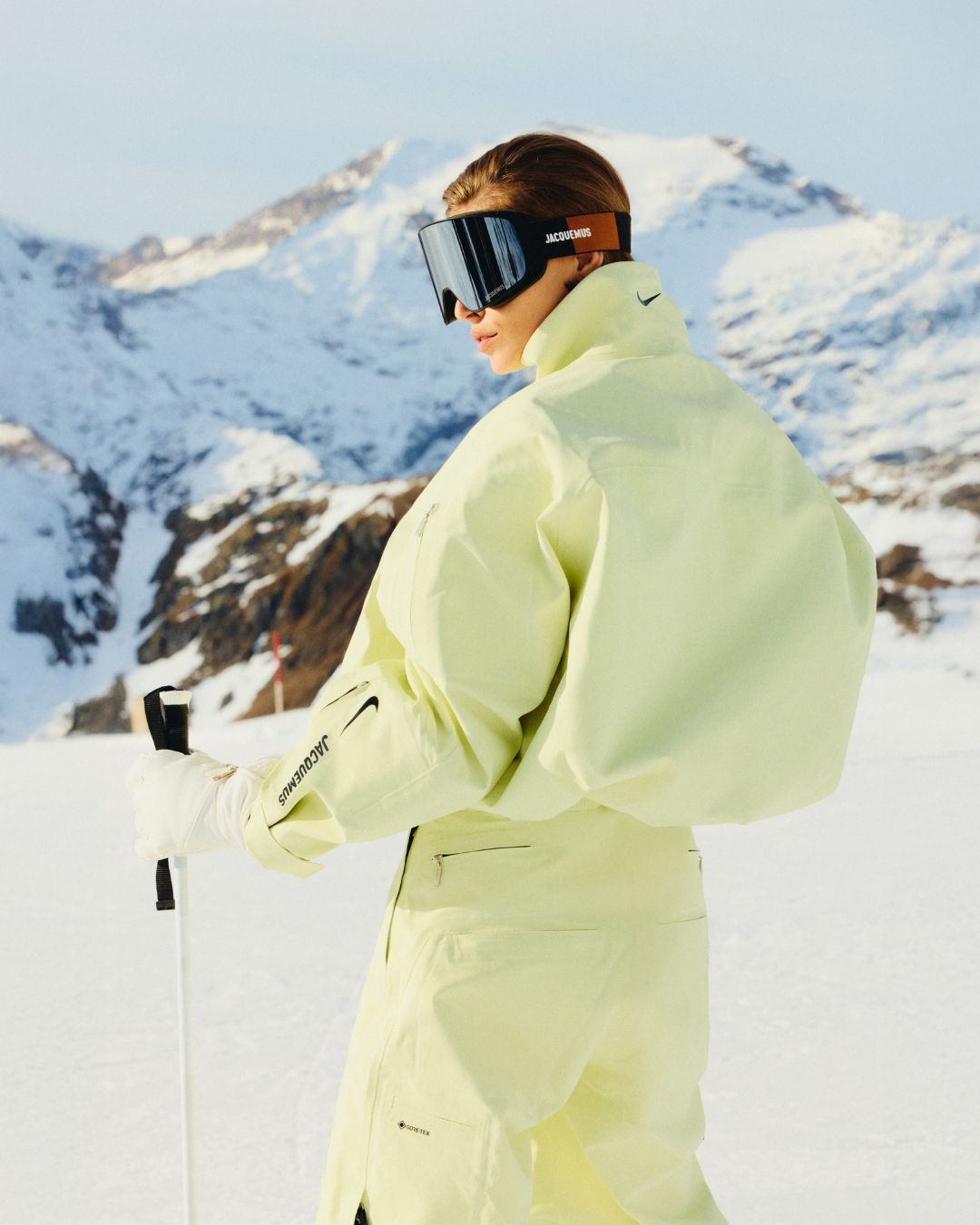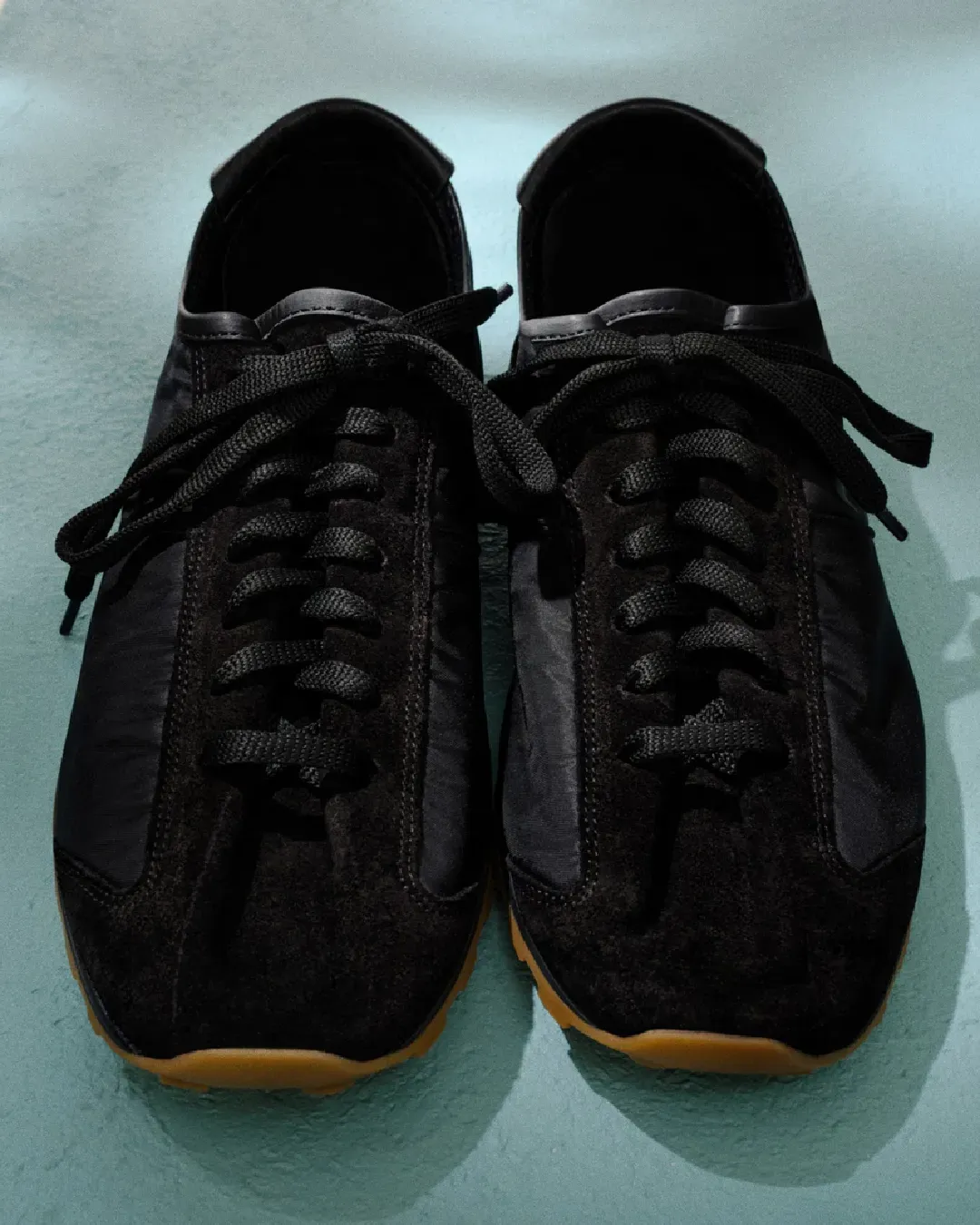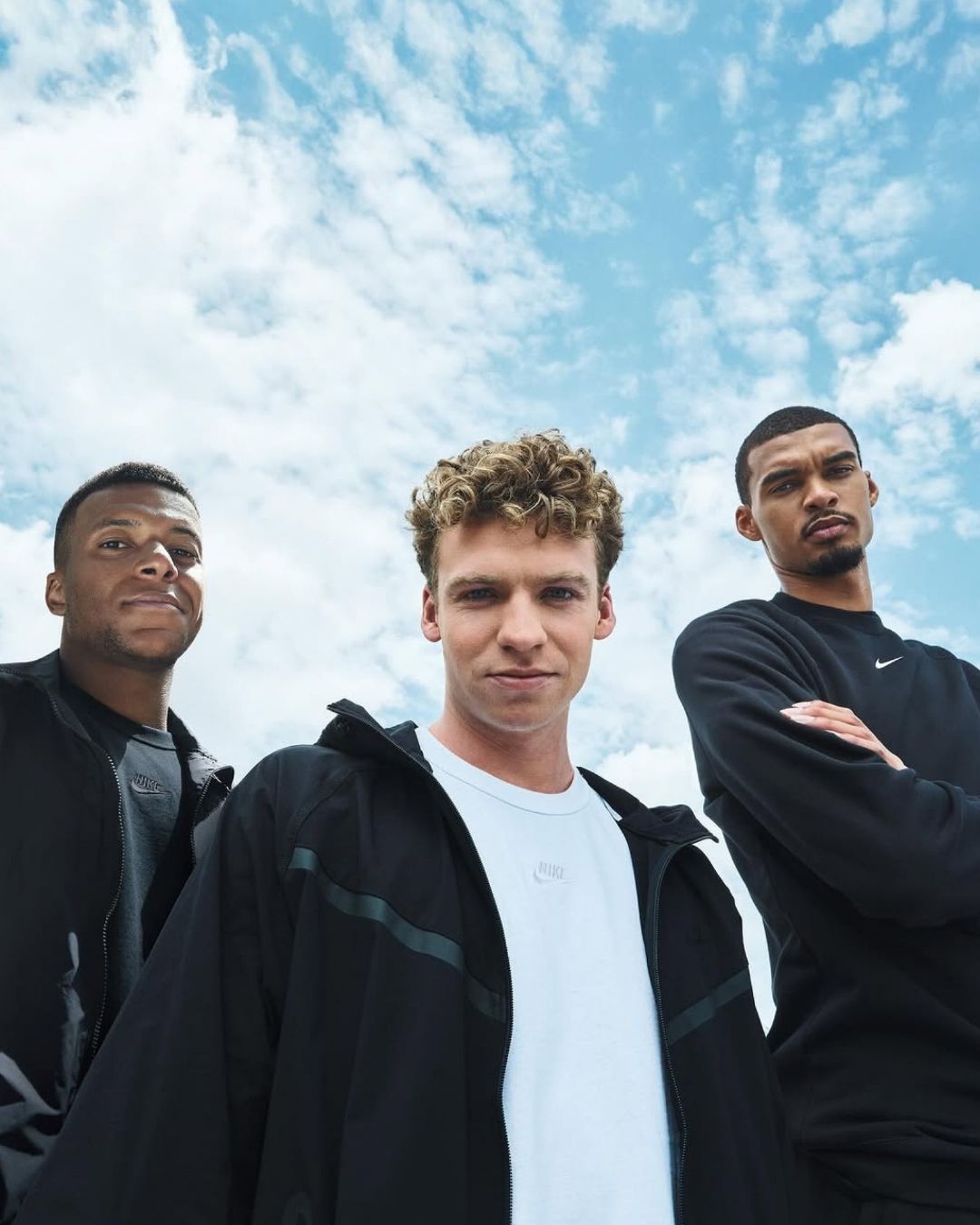
Is 3d printing the future of footwear? Already experimented by many brands, it's the technology of the future
The major brands currently dominating the footwear industry are all led by Nike, which holds almost 30% of the athletic footwear sector, as it's been solidifying its presence through key channels to create a sort of monopoly. In recent years, names like New Balance, Asics, and Salomon have rose to fame (especially due to adidas's decline) thanks to their unusual designs, yet the industry is still in need for a change. In the wold of design, 3D printing is a well known practice, producing items like skin, bones, and even houses just from a digital design, but it has gained the attention of footwear designers only recently. Nike's very first attempt to make a pair of 3D printed sneakers was made in 2013 with the launch of a limited edition of the Nike Vapor Laser boot, which, however, only featured 3D-printed studs. In 2014, adidas launched the Futurecraft initiative, injecting new energy into the industry with a commitment to further explore the technology and yielding the first results in 2015. Three years later, the Futurecraft 4D was presented in collaboration with Daniel Arsham, marking the beginning of a slow but steady race to the process of 3D in the sneaker game, a disruptive practice in terms of health, creativity, and sustainability. Joey Khamis, founder and designer of Khamis Studios, states: «I think one of the more interesting reasons [of 3D printing] is because of foot health. Most shoes are sold in standard sizes when in reality everyone's foot size and shape are different. Improper fitting footwear causes so many issues with your feet and body.»
When it comes to footwear, the focus is often placed solely on aesthetics or hype, with little consideration for foot health. Wearing ill-fitting shoes can lead to serious consequences, ranging from foot deformities to a significant reduction in mobility over time. «With 3D-printed shoes, it's possible to customise the exact fit based on an individual's foot scan, varying the levels of sensation and material density in the construction and printing on-demand,» says Nader Alkhabbaz, the creative director of the Nos Ailes brand. Creating customised sneakers opens up numerous opportunities in design. Alkhabbaz, a former architecture student, noticed just how advanced building design, especially in parametric and algorithmic design, was compared to footwear. This uncharted territory made him realise the existence of a gap, prompting him to harness 3D printing as part of his sandal creation process. «Sandals have been boring for too long; I was greatly inspired by benches and undulating ceilings. I immediately realized they could be a significant source of inspiration for a sandal. After implementing the process and prototype, it went viral on Instagram,» Alkhabbaz adds. This technology is useful in streamlining the work of independent brands and designers, facilitating many of the production processes. Khamis observes:, «3D printing shoes is currently the most financially accessible means of making footwear and allowing more small brands to get started.»
But who has successfully harnessed this technology? The first name that comes to mind is Zellerfeld. The brand was established in 2015 and quickly built an impressive list of collaborations and partnerships with well-known names such as Heron Preston, Kidsuper, Pleasures, and Pangaia. In early 2023, it launched its beta program with the aim of creating a fully recyclable and sustainable closed-loop production model. All eyes were set on the brand in the high fashion industry in 2022, as the numerous surprise collaborations it launched during fashion week included Rains and the Season 9 YEEZY collection, which unfortunately went almost unnoticed. The brand boasts an impressive roster of partnerships with independent designers. Both Alkhabbaz and Khamis have collaborated with Zellerfeld to create some of the most innovative footwear, with The Nami Slide and Ero, respectively. Khamis noted how different the brand's work process is: «Instead of sending designs to a factory, I sent them [Zellerfeld] the ready-to-print 3D model and collaborated with their engineers to perfect the design.»
@ellbellsneakers The most futuristic shoe ever! #hypebeast #hypedstreets #hypefeet #sneakers #jordan #nike #adidas #nikes #ye #yeezysneakers #yeezy #kanyewest original sound - Elliot Page
In addition to Zellerfeld, brands such as Alive Form have mastered this design process, but taking a completely different approach to 3D footwear design and drawing inspiration from nature instead than relying on partnerships. From their perspective, footwear is not produced; it grows—a mindset reflected in the packaging of their items, which is made using mycelium and natural materials that decompose naturally in the soil and can be used as plant fertiliser. Fused Footwear, founded in 2017 by Dutch designer Philippe Holthuizen, is trying to spread greater awareness about 3D printing and share more cost-effective and unique solutions for footwear silhouettes inspired by 1980s and 1990s anime, American comics, and science fiction films.
3D-printed footwear continues to gain attraction in the sneaker industry. This year at Paris Fashion Week, world-renowned fashion brands like Dior, Feng Chen Wang, RAINS, Nike, Reebok, and BOTTER came with futuristic 3D-printed footwear designs.
— ParametricArchitecture (@parametricarch) May 28, 2023
Reebok and BOTTER - AQUATIC WEAR… pic.twitter.com/yPW2S14s6H
Holthuizen, in response to the lack of confidence from major brands, says, «Brands are somewhat stuck in their traditional models. They have various levels of high-ranking employees who are risk-averse, having spent the last 30 years perfecting their business model." He goes on to add, "3D-printed shoes don't fit very well into the mass production and traditional retail model and need to sell to keep their shareholders happy.» There are significant technology-related considerations, especially regarding durability and a more streamlined production process, where current processes will need significant changes. Both aspects play a significant role in the eyes of critics and have contributed to preventing wider adoption of the 3D footwear market. Despite these concerns, designers like Alkhabbaz believe that in the near future there will be a greater widespread awareness of product lines similar to those made from foam. «Both EVA shoes and 3D-printed ones will be the most coveted in terms of production and demand,» says Alkhabbaz. «Thanks to independent brands promoted by influencers and celebrities. People want new designs and creativity in footwear; they are tired of continually seeing old silhouettes.»
















































